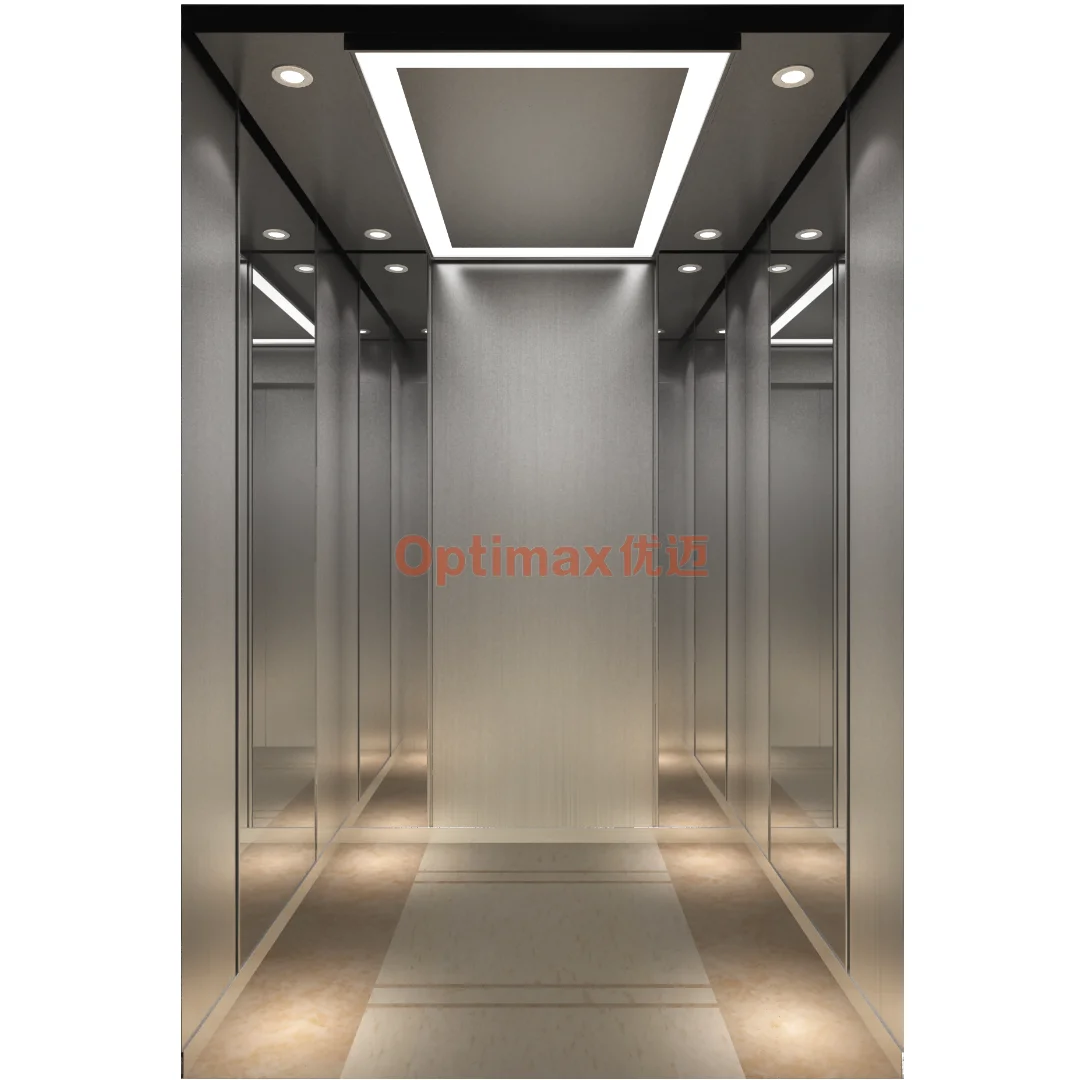- This topic is empty.
-
AuthorPosts
-
2025-07-21 at 3:53 pm #9525
In contemporary architecture, every space matters—no matter how compact or transient. One often overlooked but crucial component in buildings is the elevator cabin, whose design significantly impacts user experience, building perception, and overall property value. Effective elevator cabin interior design not only ensures user comfort but also enhances aesthetic appeal, reflects brand identity, and complements the architectural character of the entire building.

The Importance of Elevator Cabin Interior Design in Architecture
Elevators are more than functional transportation devices; they serve as extensions of a building's personality. An elevator cabin is among the first enclosed spaces a visitor encounters, creating immediate impressions about the building's style, quality, and status. Consequently, elevator cabin interior design significantly influences user perceptions and expectations.
Thoughtfully designed elevator interiors create welcoming atmospheres, alleviate feelings of confinement or discomfort, and facilitate smoother, more enjoyable passenger journeys. The psychological influence of elevator cabin design is profound; interiors that incorporate elements of spaciousness, sophisticated aesthetics, comfortable lighting, and strategic use of materials can dramatically improve a building's reputation and occupant satisfaction.
Moreover, professionally executed elevator cabin interior design projects communicate clearly the standards of luxury, modernity, innovation, or reliability that a building intends to project. Whether in hotels, residential complexes, corporate offices, or retail centers, elevators are silent ambassadors, reflecting the attention to detail invested throughout the building.
Key Components of Successful Elevator Cabin Interior Design
1. Material Selection: Balancing Aesthetics with Durability
Material selection is a foundational aspect of elevator cabin interior design. The chosen materials must blend visual appeal, practicality, and durability seamlessly. Stainless steel, glass, natural wood veneers, laminates, and stone are popular choices for walls and floors, each material conveying distinct aesthetic messages—sleek modernity, classic elegance, or natural serenity.
For example, polished stainless steel panels are prevalent in commercial and office elevators, conveying professionalism and sophistication, while natural wood or textured laminates are often chosen for high-end residential buildings to impart warmth and comfort. Designers carefully consider how each material influences visual perceptions of space, durability against daily wear, ease of maintenance, and compliance with safety codes.
2. Lighting Design: Creating Ambience and Comfort
Lighting profoundly affects user comfort and perception in confined spaces like elevator cabins. Elevator cabin interior design must strategically integrate lighting systems that avoid harshness, prevent glare, and enhance visual comfort, creating a relaxing and inviting environment.
LED lighting is extensively preferred for its energy efficiency, flexibility in color temperature, and space-saving properties. Designers frequently incorporate recessed ceiling lights, cove lighting, or linear LED strips along cabin walls or floors to produce balanced illumination. Adjustable or dimmable lighting systems allow customized ambience, enhancing user experience based on building context—calming atmospheres for residential elevators or brighter illumination in commercial buildings.
3. Color and Texture: Enhancing Visual Appeal and Spatial Perception
Color selection in elevator cabin interior design profoundly influences the perception of space, mood, and style. Light colors such as whites, creams, or soft pastels visually expand compact spaces, creating a sense of openness. Conversely, darker shades like deep greys, navy, or earth tones convey sophistication and depth but may require strategic lighting to avoid feelings of claustrophobia.
Textures add another dimension, providing visual and tactile richness to cabin interiors. Wood grain textures evoke warmth and comfort; polished metals reflect modern luxury; textured laminates add contemporary aesthetics. Elevator cabin interiors benefit from carefully combined color and texture schemes, creating distinctive personalities that complement building interiors, enhance perceived quality, and enrich overall user experiences.
4. Spatial Layout: Maximizing Comfort and Efficiency
Elevators present unique spatial design challenges due to their limited dimensions. Optimal elevator cabin interior design strategically manages spatial constraints, maximizing passenger comfort while adhering to safety codes and accessibility standards. Designers prioritize efficient layouts to accommodate various passenger types, including wheelchair users or families with strollers.
Features such as conveniently positioned handrails, ergonomic control panels, and recessed wall panels help maximize available space, promoting smoother user interactions. Clever spatial planning within elevator interiors significantly improves passenger experience, reduces feelings of confinement, and enhances overall functionality.
5. Customized Branding and Identity Integration
Elevator cabins provide exceptional branding opportunities, especially in commercial or hospitality environments. Customized elevator cabin interior design strategically incorporates brand elements such as logos, corporate colors, distinctive patterns, or digital displays for promotional messaging or informational content.
Integration of brand identity strengthens user perceptions of brand consistency, professionalism, and sophistication. For example, hotel elevator cabins might prominently feature brand logos integrated into interior panels or employ thematic elements reflecting the hotel's identity—luxury hotels with opulent materials and gold accents, boutique hotels emphasizing bespoke decorative motifs or artistic installations, and business buildings favoring sleek, minimalist, branded aesthetics.
6. Technological Integration: Digital Screens and Interactive Elements
Modern elevator cabin interiors increasingly incorporate technological enhancements for better user experiences. Digital information screens displaying real-time building information, news, weather forecasts, or advertising content significantly elevate passenger experiences, reducing perceived waiting times and boredom.
Advanced elevator cabin interior design also integrates digital touch panels, voice-activated systems, or antimicrobial surfaces—addressing contemporary hygiene concerns and providing cutting-edge functionality. Such technology-driven enhancements significantly improve user satisfaction, perception of modernity, and perceived property value.
The importance of thoughtful elevator cabin interior design cannot be overstated. As a significant touchpoint between buildings and their occupants, effectively designed elevators provide substantial opportunities for enhancing user experiences, reinforcing brand image, and driving commercial value. Professionally executed elevator cabin interior design balances aesthetics, functionality, comfort, and innovation, creating powerful impressions on passengers and property stakeholders. As buildings continue to evolve and consumer expectations rise, elevator cabin design will remain a critical component in defining the success, market positioning, and long-term value of properties.
https://www.xizi-ec.com/Elevating-Spaces-The-Art-and-Science-of-Elevator-Cabin-Interior-Design.html
https://www.xizi-ec.com/Passenger-Elevator-Seriess
http://www.xizi-ec.com
Hangzhou Optimax Tech Co., Ltd. -
AuthorPosts
- You must be logged in to reply to this topic.
